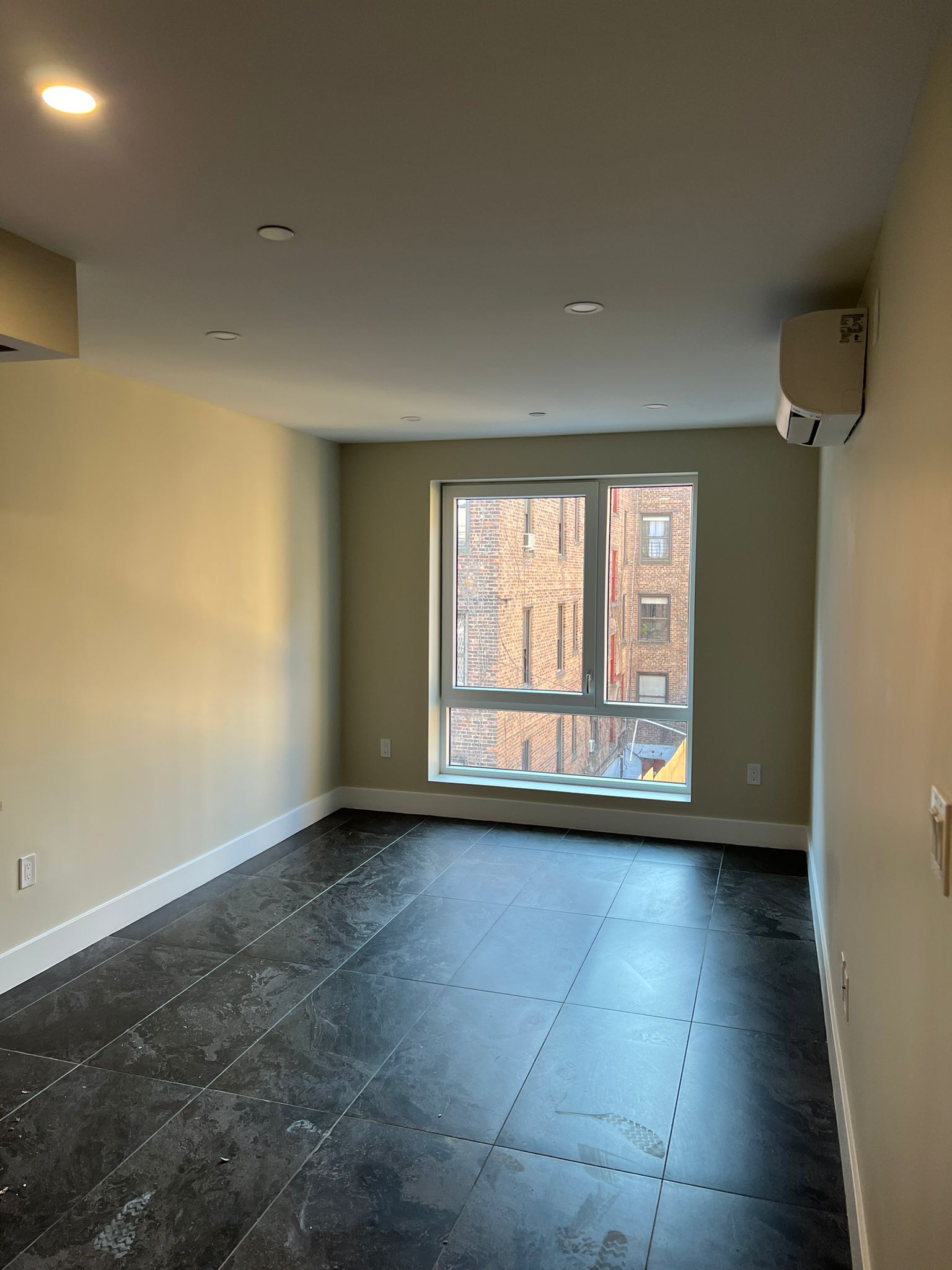
Interagency Plan Advances Governor’s State of the State Directive To Address Extreme Heat Impacts on Disadvantaged Communities and New Yorkers at Increased Risk of Harmful Health Effects
State Agencies Already Implemented Certain Recommendations in Advance of Last Week's Extreme Heat Weather Event
Governor Kathy Hochul today announced the release of the State’s Extreme Heat Action Plan, fulfilling a 2022 State of the State commitment to help plan for and address the dangers and impacts of extreme heat on New Yorkers, particularly those in disadvantaged communities who are most likely to experience extreme heat’s harmful health effects. Development of the plan, led by the New York State Department of Environmental Conservation and New York State Energy Research and Development Authority, focused on coordinating interagency efforts and mitigating local impacts of increasingly frequent and severe extreme heat events, while also helping ensure State investments prioritize disadvantaged communities on the front lines of heat exposure.
“As New Yorkers witnessed this past week, extreme heat weather events will only increase with climate change threatening the lives and livelihoods of many New Yorkers, particularly those in disadvantaged communities and communities of color,” Governor Hochul said. “This multi-agency Extreme Heat Action Plan helps address a full spectrum of heat exposure and risks, and builds upon our continued efforts to protect our most vulnerable residents.”
In 2022, Governor Hochul directed the Department of Environmental Conservation (DEC) and New York State Energy Research and Development Authority (NYSERDA) to develop the Extreme Heat Action Plan (EHAP) in response to the increasing frequency and intensity of extreme heat events caused by climate change. The EHAP Work Group convened more than 25 State agencies to collaborate with community partners, planners, adaptation practitioners, local government leaders, and academic experts on immediate- and long-term steps that address exposure to extreme heat, with a focus on alleviating inequities in disadvantaged communities. To help ensure the plan is evidence-based and prioritizes equitable adaptation, DEC and NYSERDA convened a Community Advisory Panel and a Scientific Advisory Panel to incorporate the perspectives of impacted communities and academia
The EHAP identifies 49 State-led actions and recommendations to address the structural drivers of heat vulnerability and its disproportionate impact on the most vulnerable New Yorkers. Populations identified in the plan as those most vulnerable to extreme heat include residents of low income and communities of color, Indigenous Peoples, certain indoor and outdoor workers, older adults and young children, expecting mothers, people with certain pre-existing conditions such as diabetes and heart disease, people with disabilities, users of certain drugs and medication, justice-involved individuals, immigrants, people facing language barriers and people experiencing housing insecurity.
The plan prioritizes equity in adaptation by advancing solutions that provide technical assistance to local communities, scaling implementation of nature-based solutions to address inequities and reduce the urban heat island effect and enhancing equitable access to cooling at home and in public spaces. The plan can be found on DEC’s extreme heat website here and will be noticed in the Environmental Notice Bulletin on July 3.
Recommendations are grouped into four action tracks to help communities adapt to extreme heat:
- Action Track 1: Adaptation Planning and Implementation supports communities in their work-planning for extreme heat impacts and in coordinating adaptation activities. This track aims to empower local communities to equitably adapt by strengthening, promoting, and supporting a community’s capacity, or ability, to address health and environmental issues. This is achieved through support of additional regional planning and coordination, developing regional community resiliency networks, and deepening collaborations with frontline communities, schools, Indigenous Peoples, and other impacted populations, among other actions.
- Action Track 2: Preparedness, Communication, and Workers’ Safety ensures that the people of New York are informed and protected before and during heat events, including workers. This track promotes a community’s whole health, well-being, and resilience through actions that include the additional development of local and regional heat emergency plans, increased access to cooling centers, safe swimming, emergency shelters and clearer public messaging, among other measures.
- Action Track 3: Built Environment, Infrastructure, and Managed Spaces supports resilient and safe infrastructure and other built spaces. The goal of this track is to create built environments and strengthen community lifeline infrastructures that can provide relief from high temperatures and combat the urban heat island effect. This action supports prioritizing equitable access to indoor and outdoor thermal comfort such as reducing costs of energy and cooling equipment, and promoting thermal resilience, weatherization and decarbonization of buildings, among other actions.
- Action Track 4: Ecosystem-Based Adaptation prioritizes adaptation to heat by protecting and strengthening ecosystem service benefits and advancing nature-based solutions. This track safeguards and preserves ecosystems, biodiversity, and helps ensure that all New Yorkers have access to and equitably benefit from these life-sustaining benefits. Actions support urban and community forestry, develop best practices for maximizing ecosystem- and community-adaptation benefits of green infrastructure, and fund the training of arborists, foresters, and others to scale up the production of heat-adapted trees and seeds.
Implementation of the plan involves effective communication, coordination, and collaboration among federal, state, and local partners. State agencies and authorities participating in the EHAP Work Group are establishing an implementation committee that will meet regularly to coordinate implementation and support state agencies and authorities, as well as to receive, consider and incorporate public feedback on an ongoing basis.
DEC and NYSERDA will host two webinars to present and receive questions about the Extreme Heat Action Plan on July 9 from 2 to 3 p.m. and July 10 from 6 to 7 p.m. The webinars will include presentations from DEC and NYSERDA, along with other state agencies including the Division of Homeland Security and Emergency Services and the State Department of Health, that highlight the plan and provide additional information about relevant State initiatives and heat-health efforts.
The public will have ongoing opportunities to provide input on the Extreme Heat Action Plan. For additional information, visit DEC’s website.
New York State is taking additional steps to address extreme heat as provided in the interim recommendations, released in June 2022. These steps focused on rapid implementation to address acute needs while the EHAP Work Group developed the longer-term coordinated efforts that focus on mitigating extreme heat and the systemic inequities that exacerbate its effects. DEC is also in the final stages of negotiating a memorandum of understanding with a research team at the State University of New York College of Environmental Science and Forestry to develop maps of heat exposure throughout New York State and tools to model the effects of land-use change and heat-mitigation projects under current and future climate conditions.
The plan is also complementary to the ongoing coordinated state response to extreme-heat emergencies led by DHSES. DHSES is a member of the EHAP Work Group and in June 2023 released an extreme heat-specific annex to the State Comprehensive Emergency Management Plan.
With the likelihood of ongoing extreme heat this summer, New York State agencies also remain committed and ready to help New Yorkers prepare for heat impacts. Governor Hochul recently encouraged the public to follow a host of actions and tips to help mitigate and prevent deadly heat exposure.






